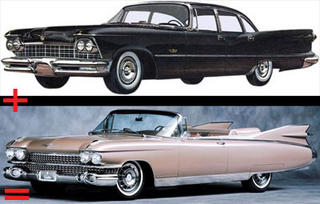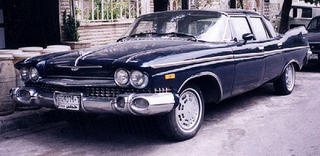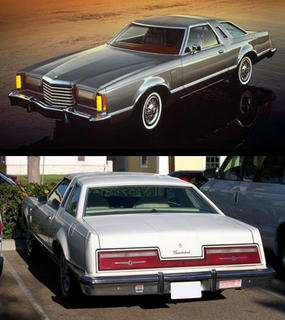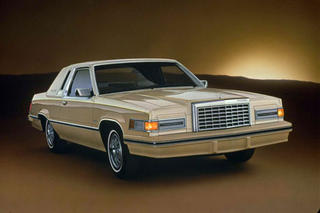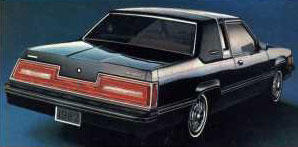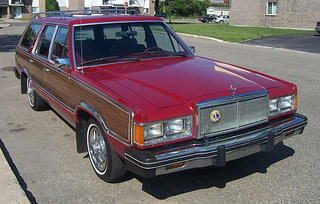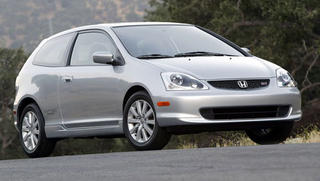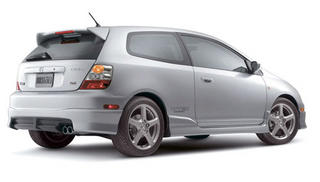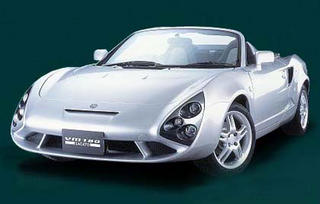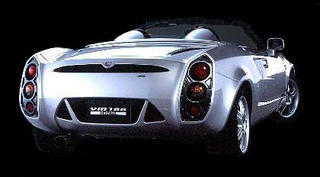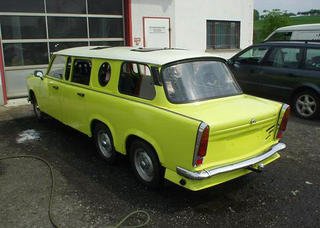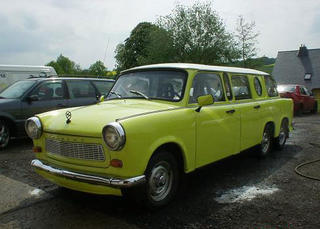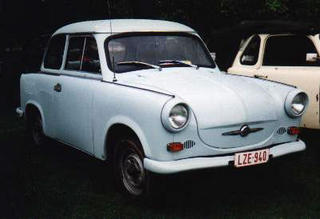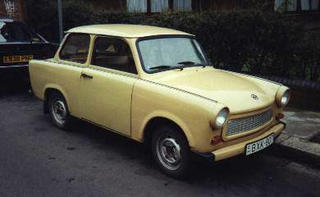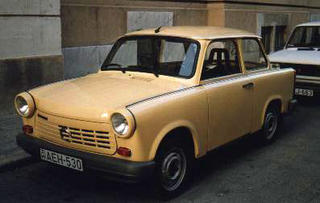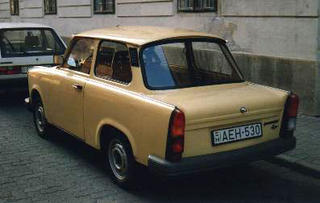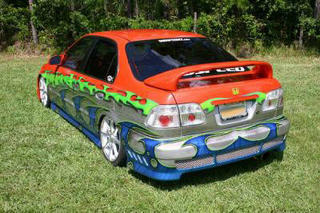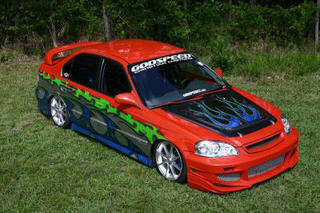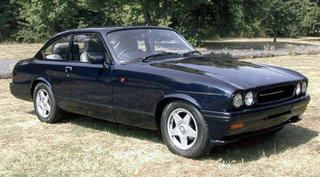
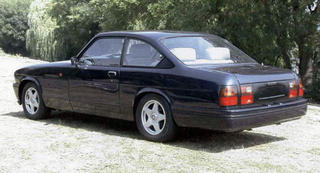
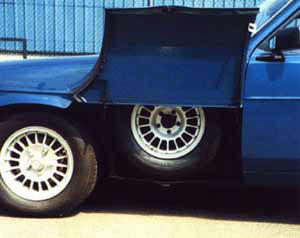
Believe it or not, this car is brand new. And unbelievably expensive.
40 or so years ago, Bristol was a well respected British marque. Yet over the years the brand has deminished in all but price to the model you see here. Basically, it's aiming for the Rolls-Royce / Bentley market, but with an ugly, inelegant car that has ancient technology and mediocre build quality.
The look definetly doesn't suggest the price one pays. For a base price of £139,825 ($248,425 USD), you can get a Bristol Blenhiem 3 as pictured here, looking like a huge vintage 1970s Ford Capri with an updated rear fascia. This updating of an old body recalls many Russian cars, which aren't as expensive. This may not have been a bad thing if the car looked expensive, but it doesn't. It looks like a bread-and-butter sedan from 30 years ago. Even worse, you can order different packages and get the price up to £152,456 ($270,953 USD).
It's actually confusing to think about how the company still survives. They must solely rely on the few old, rich Brits who remember the old days. To be fair, there is a new Bristol sports car out called the Fighter - and while it looks pretty, it's mechanics (other than the borrowed Viper V10 engine) and build are still pretty sketchy, and it costs even more.
I recently read on
www.thetruthaboutcars.com a very rare review on the Blenheim, thanks to a disatified owner. The following is an exert from the review:
"Bristol is one of Britain’s most venerated carmakers. For over thirty-five years, Brits “in the know” have considered the obscure automaker’s products to be the embodiment of English hand built quality and understated exclusivity. Unfortunately, motoring journalists need not apply. In fact, Bristol actively discourages any sort of publicity for its current cars.
Luckily, one brave Blenheim owner decided to lend his car for a review. “What are the two things that can be seen from outer space?” the owner asked rhetorically. “The Great Wall of China and the panel gaps of a Bristol.” True enough, despite the fact that this particular Blenheim had recently enjoyed a body-off restoration-- to eliminate rot. Which was discovered after the car’s paint had cracked (necessitating a total re-spray). Whereupon the owner’s mechanics addressed a veritable laundry list of mechanical ailments: inoperative air conditioning, “inappropriate” shock absorbers, a failed exhaust system, two blown window motors, axle whine, insufficient engine cooling and more.
This tragic tale of mechanical malfeasance was easily eclipsed by the horror lurking inside the Blenheim’s cabin. To call the combination of wood, cheap rocker switches, tiny mirror controls, gigantic air conditioner, fiddly Japanese stereo and seemingly random assortment of switches, buttons and knobs “unattractive” would be like calling a drag racer “quick off the mark”. The Blenheim’s interior is such a hideous concoction of styles and textures the snooty millionaire mentioned above felt compelled to redesign and rewire the entire dash.
Once underway, the much-repaired Blenheim handled better than you’d expect-- for a car whose chassis dates back to 1946. At the time, it must have been a revelation. By today’s standards, Group A rental cars offer better ride and road-holding. As for power, the 5.9-liter V8 felt decidedly reluctant. When I asked if the odd sound under throttle indicated some kind of problem, the owner told me to drop the subject.
The Bristol Blenheim offered insufferable build quality, questionable reliability and appalling aesthetics. Yet it cost twice as much as a top-of-the-line Mercedes, BMW or Porsche. The only possible justification for buying a Blenheim lies in its rarity and its connection with Bristol’s famous heritage. For some wealthy owners, a handful, it is enough."
